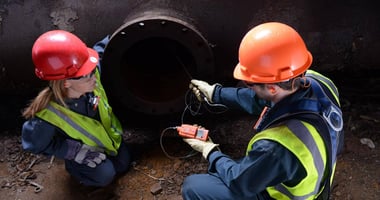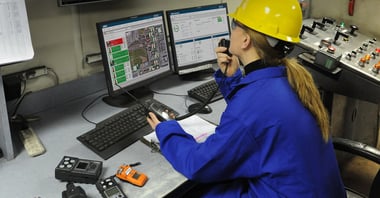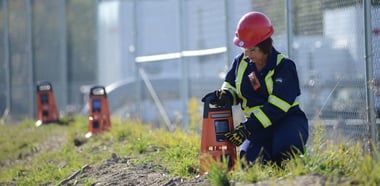WHAT ARE THE LIMITATIONS OF INFRARED LEL GAS SENSORS?
There has been a lot of recent discussion about the benefits of infrared LEL gas sensors for the oil and gas industry. There have even been claims that these sensors operate for years without calibration while extending instrument run times from hours to months without recharging batteries. The benefits of infrared technology over the industry standard catalytic bead technology for detecting combustible gases are undeniable: the ability to detect combustible gas in oxygen-depleted environments, and immunity of the sensor to typical catalyst poisons like silicone and sulfur. However, the limitations of the sensor, which are equally undeniable, must be recognized.
First, the infrared LEL gas sensors cannot detect hydrogen (H2). If the sensor is being used in any application to detect combustible gas where H2 may be encountered, the user is left unprotected. Instrument manufacturers employing the low power infrared LEL gas sensors typically acknowledge this limitation but promote the cross interference to hydrogen on the carbon monoxide (CO) sensor, which is normally installed in the instrument as well, as the cure for this ill. When did relying on the shortcomings of one sensor to make up for the shortcomings of another become an acceptable practice? The cross interference of H2 on the CO sensor is very common and typically ranges from 20 – 60 percent but can range from sensor to sensor. What happens if a given sensor has a significantly lesser level of interference? H2 interference on CO sensors results in perceived false alarms which leads the user to a lack of trust and confidence in the monitor. Once this occurs repeatedly, the user is as likely to turn the monitor off or not use it at all.
H2 detection isn’t the only gap encountered when using an IR sensor either. The detection capability of the IR sensor is limited by the adsorption characteristics of the targeted gas and the bandwidth of the filter in the sensor. Many combustible gases are simply undetectable by these low power infrared LEL gas sensors. Examples of non-detectable combustible gases include acetylene, acrylonitrile, aniline, and carbon disulfide. Again, manufacturers will acknowledge the limitation of the sensor for detecting acetylene, a very common hazard in hot work and confined space entry applications, and promote the interference of the carbon monoxide sensor as the solution to this pitfall. The argument given above, with respect to hydrogen, remains the same and is broadened when you take into account that the CO sensor may not have a cross interference to a given combustible gas that isn’t within the infrared sensor’s scope of detection.
WHAT’S THE BEST WAY TO DETECT COMBUSTIBLE GAS?
A key benefit of catalytic bead sensors is that they detect combustible gas by burning it. Therefore, the catalytic bead sensor is capable of detecting virtually any combustible gas, just because it is combustible. The response of the catalytic bead sensor to combustible gas is inherently linear; there is a close correlation in the response of various gases with respect to the calibration gas. Response factors for catalytic bead sensors are typically less than two. The response of the IR sensor is non-linear and only becomes linear once the sensor is characterized to a particular gas. Response factors between gases also vary greatly and can be more than 10 in some cases. If a gas with a response factor of ≥10 is encountered, the instrument will produce a false alarm when the actual gas concentration was just 1% LEL.
Unlike infrared sensors, catalytic bead sensors are relatively unaffected by varying environmental conditions like temperature and pressure which can greatly affect the performance of the IR sensor. Therefore infrared LEL gas sensors must be characterized for these environmental effects in order to provide an accurate, reliable response.
The benefits of infrared technology for detecting combustible gases in some applications are undeniable. However, before dismissing the long-standing, industry standard catalytic bead technology, make sure that your application is matched to the technical capabilities of the sensor. Otherwise, the risk you have exposed yourself to may be far greater than the reward.



